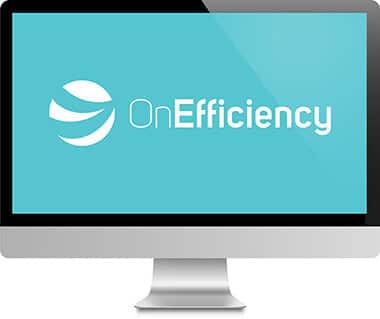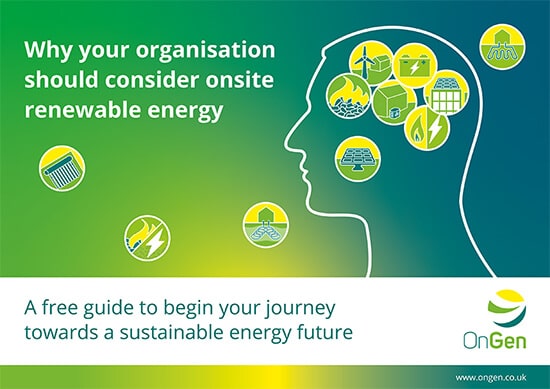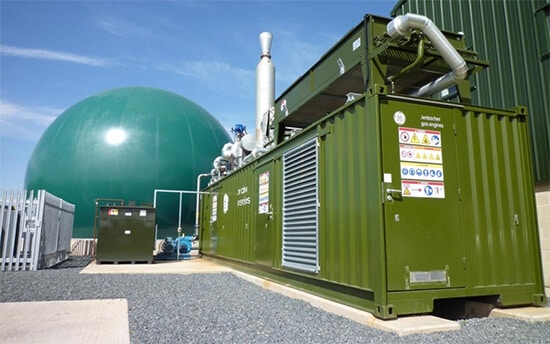Ground Mounted Solar

What is Ground Mounted Solar?
Solar PV is a renewable technology that converts the sun's energy into electricity. Each panel is made up of small solar cells consisting of semi-conductive material, commonly made from silicon. This material is used to convert the solar radiation into electricity. When light shines on the cell an electric field is created across the layers, causing electrons to flow and electricity to be generated. Each cell generates a bit of electricity and when connected to form panels and deployed in an array, useful amounts of electricity can be generated. There are two types of solar mounting options: roof mounted and ground mounted.
Ground mounted solar PV is an effective alternative to roof mounted if the latter is unsuitable for your site and it can be just as cost effective and easy to install. Ground mounted systems can actually be more efficient due to their ability to be strategically located, pitched and oriented at optimum angles for solar gain. This means that it is possible to generate more electricity than a roof system of around the same size.
Ground mounted solar PV is an effective alternative to roof mounted if the latter is unsuitable for your site and it can be just as cost effective and easy to install. Ground mounted systems can actually be more efficient due to their ability to be strategically located, pitched and oriented at optimum angles for solar gain. This means that it is possible to generate more electricity than a roof system of around the same size.
How can Ground Mounted Solar be deployed onsite?
Ground mounted solar systems can be placed anywhere from a few centimeters to several meters above the ground by using a mounting frame ballasted with concrete or pole mounts and anchored securely. Frames can often be adjusted manually to account for the seasonal shifting of the sun. Pole mounts can commonly come with tracking systems and allow the panels to track the suns movements. This means they can turn and tilt automatically to capture the optimum amount of sunshine throughout the day. With such tracking systems, the overall generation of solar panels can increase by 25% or possibly even more.
As with roof mounted, the biggest impact on the generation yield of a solar PV system is shading e.g. by trees or other buildings. Similar to when deploying solar panels on a flat roof, proper spacing of the PV arrays is essential when installed a ground mounted system. The array should be deployed in parallel rows to avoid casting a substantial shadow at low sun angles. Again, the height and tilt angle of the panel, latitude of the site and angle of the sun's path must all be considered. Since they are located at ground level, ground mounted solar arrays are typically much easier to access and manipulate than roof mounted, making installation quicker and safer.
Land suitability is also vital. For example, land that is prone to flooding is considerably less suitable as water may harm the inverter and wiring of the panels if it is not installed with sufficient ground clearance. A proposed installation that is close to areas containing residential properties or recreational features could also face objection from the local community. If the proposed area for installation is located within an ecological, landscape or cultural designation, for example: a Site of Special Scientific Interest (SSSI), then planning permission is likely to be denied. If the proposed site is located near an airport, further analysis may also be required in order to obtain appropriate planning permission.
As with roof mounted, the biggest impact on the generation yield of a solar PV system is shading e.g. by trees or other buildings. Similar to when deploying solar panels on a flat roof, proper spacing of the PV arrays is essential when installed a ground mounted system. The array should be deployed in parallel rows to avoid casting a substantial shadow at low sun angles. Again, the height and tilt angle of the panel, latitude of the site and angle of the sun's path must all be considered. Since they are located at ground level, ground mounted solar arrays are typically much easier to access and manipulate than roof mounted, making installation quicker and safer.
Land suitability is also vital. For example, land that is prone to flooding is considerably less suitable as water may harm the inverter and wiring of the panels if it is not installed with sufficient ground clearance. A proposed installation that is close to areas containing residential properties or recreational features could also face objection from the local community. If the proposed area for installation is located within an ecological, landscape or cultural designation, for example: a Site of Special Scientific Interest (SSSI), then planning permission is likely to be denied. If the proposed site is located near an airport, further analysis may also be required in order to obtain appropriate planning permission.
The three-step process to net zero energy
OnGen offers a three-step process through OnGen Expert, OnEfficiency & OnSupply. Steps can be done holistically or separately.

Step 1:
Reduce energy consumption:
With OnEfficiency, we can help you identify where and what you can do to reduce energy consumption and improve energy efficiency.
By becoming more energy efficient, carbon emissions for your organisation will begin to reduce, along with the cost of energy.
By becoming more energy efficient, carbon emissions for your organisation will begin to reduce, along with the cost of energy.

Step 2:
Consider onsite renewable energy and battery storage:
With the OnGen Expert, we can help you explore the feasibility of generating and storing your own energy via a range of onsite renewable energy generation sources, like solar PV and heat pumps.
Switching to generating renewable energy onsite reduces the demand for grid-supplied energy, lowering the cost of energy bills, gaining resilience to grid fluctuations and reducing carbon emissions.
Switching to generating renewable energy onsite reduces the demand for grid-supplied energy, lowering the cost of energy bills, gaining resilience to grid fluctuations and reducing carbon emissions.

Step 3:
Switch to zero-carbon energy suppliers:
With OnSupply, we can help you find the cheapest green energy tariffs for any grid-supplied gas and electricity demand.
Eliminate the remaining energy-related carbon emissions for your organisation.
Eliminate the remaining energy-related carbon emissions for your organisation.
Your organisation will be assigned a dedicated account manager, who will offer training support and guidance. Additionally, if your organisation is struggling for time, the Managed Service, where assessments are conducted by the OnGen team on your behalf, can be a great option.

Talk to one of our team
Book a 20-minute conversation to discuss how we can help you by providing the right information, to make the right decisions.


Download our free Renewable Energy Guide
Case Study
“By assessing solar capability using the OnGen Expert software, we have been able to identify 4,000 tonnes of potential carbon savings in our city-centre building stock. OnGen has made it simple and easy for us to demonstrate potential energy costs savings of £2.9 million across the lifetime of potential onsite renewable installations. The OnGen Expert software has shown us the potential of onsite generation at a fraction of the cost of traditional assessments/consultants.”
NEYH
Book a conversation with OnGen today
Interested in finding out more information? Set up a meeting with a member of our team to discuss how we can help you.









